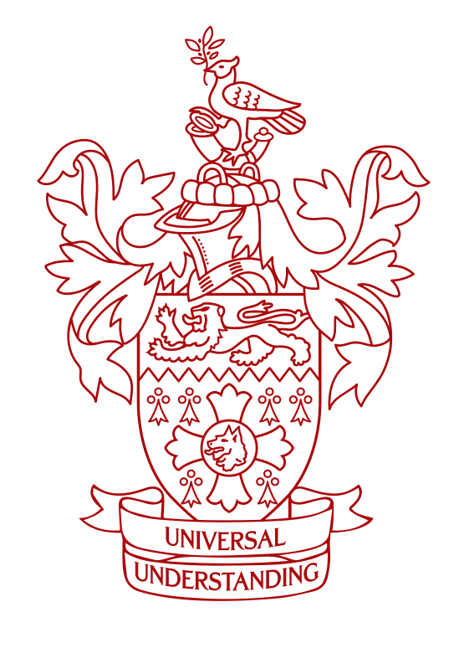Introduction
Conventions and norms in language constantly shift over time, and what was once ‘good practice’ or represents accepted or acceptable use is constantly being updated and replaced. The United Nations and other international organisations provide a variety of guidance on how best to manage challenges in translation which cross over language and cultural conventions, norms and expectations.
CIOL has brought together a selection of these resources as part of our work to promote equality, diversity and inclusion in languages.
UN Resources
United Nations Gender-Inclusive Language
These Guidelines provide a number of strategies to help United Nations staff use gender-inclusive language in all types of communication, whether oral or written, formal or informal, or addressed to an internal or external audience.
When deciding what strategies to use, United Nations staff are advised to:
- Take into account the type of text/oral communication, the context, the audience and the purpose of the communication;
- Ensure that the text is readable and the text/oral communication clear, fluid and concise;
- Seek to combine different strategies throughout the text/oral communication.
In keeping with the UN's core value of multilingualism, the Guidelines have been produced in the six official languages of the United Nations as semi-autonomous projects that comply with the principle of parity among the official languages. They reflect the specificities and unique features of each language, recommending remedies that are tailored to the linguistic context in which staff work, whether in Arabic, Chinese, English, French, Russian or Spanish. The differences in guidance for different language families are well worth exploring.
UN Disability-Inclusive Communications Guidelines
The purpose of these Guidelines is to assist UN staff to make all UK communications disability-inclusive and accessible. It is the UN's position that inclusive and accessible communications reduce bias and discrimination, and promote inclusion and participation. The Guidelines are intended to be used by UN personnel in all their communications, emails and meeting notes, documents, community consultations, digital platforms or multi-channel campaigns. Supported by best practices and examples, they provide guidance on how to respect disability etiquette and create inclusive and accessible content.
Council of the European Union
Inclusive Communication in the GSC
It is the EU's position that individuals can flourish only in an inclusive environment where diversity is accepted, respected and valued. A healthy, inclusive work environment begins with the use of inclusive language and visuals which recognise and reflect diversity and which avoid unconscious bias. Language is always changing: words evolve and how we use them should evolve in tandem. Using gender-neutral and bias-free language is a way of moving away from outdated perceptions about men, women, persons with disabilities and other groups of people in society.
The purpose of this document is to provide some guidance on language use and visuals, and give examples, based on the use of English, which are relevant to the GSC working environment. This brochure is published in all official languages of the European Union. The content is language-specific, as each language has its own grammar, syntax and style. The general message, however, is the same: promoting inclusion and diversity through the language and visuals we all use.
Oxfam
Oxfam Inclusive Language Guide
Oxfam say that the Inclusive Language Guide is a resource to support people who communicate in English to think about how the way they write can subvert or inadvertently reinforce intersecting forms of inequality that Oxfams works to end. The language recommended is drawn from specialist organisations which provide advice on language preferred by marginalized people, groups and communities and by Oxfam staff and networks, to support making choices that respectfully reflect the way they wish to be referred to.
UK National Centre for Atmospheric Science
NCAS Inclusive Language Guide
NCAS has produced a short straightforward guide to current UK inclusive language best practice, but advises following general principles on inclusive communication rather than relying on specific words and phrases, which could change over time.
Resources from the CIOL Equality, Diversity & Inclusion Committee
- Translating Cultural Heritage (CIOL Voices)
- Gender Sensitivity in Serbian Language (CIOL Voices)
- Urban Language and Literacies (Coalition for Language Education [in the UK])
- Glossary of Multilingual Terminology (University of Reading)
- Equal Treatment Bench Book (UK Judicial College)
- Guia de Lenguaje Inclusivo y no Sexista (City of Madrid)
CIOL continues to review and add inclusive language resources all the time

